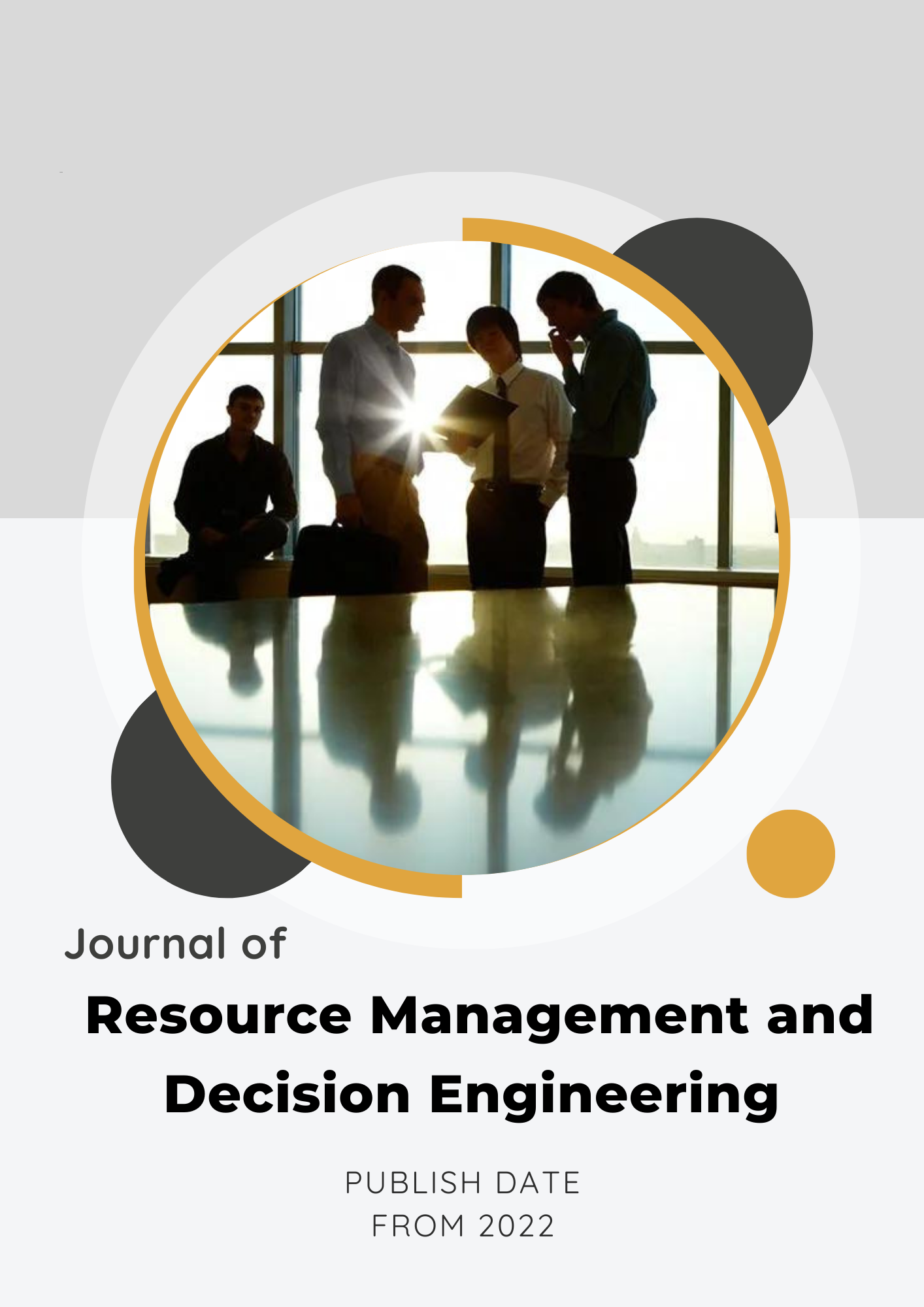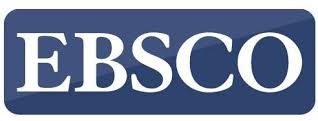Design and Validation of a Value-Based Human Resource Development Model Grounded in Social Responsibility Using Partial Least Squares Structural Equation Modeling (PLS-SEM): Evidence from the Iranian Banking Industry
Keywords:
Value-based model, Human resource development, Social responsibility, Iranian banking industryAbstract
This study aimed to identify and design a model of the requirements and pillars for formulating human resource development (HRD) policies grounded in cultural values and social responsibility within the banking industry. The qualitative phase of the research was conducted using a systematic approach and semi-structured interviews with experts and specialists from the banking system and academia. The thematic framework of the study was developed through thematic analysis. The categorization of 1,089 initially identified themes led to the formation of 222 basic themes and 80 organizing themes (main components) grouped into 10 dimensions and 6 overarching themes. The quantitative phase included senior and middle managers of state-owned, semi-state, and private banks in Iran. Based on Krejcie and Morgan’s table, the sample size was estimated at 384 individuals, selected through convenience (accidental) sampling. Out of 440 distributed questionnaires, 410 were deemed valid and included in the statistical analysis. In the quantitative section, data analysis and model fit evaluation were conducted using Structural Equation Modeling (SEM) with the Partial Least Squares (PLS) method. The quantitative results indicated a relatively strong structural model fit (R² = 0.041) and high predictive power for the research model. Findings revealed that the relationship between social accountability and responsibility with legal and supportive requirements, despite being ranked lowest in importance by qualitative participants, had the highest path coefficient (0.74). The relationships between the dimensions of enhancing social interaction and participation in the CSR domain with operational and developmental axes, as well as institutionalizing an organizational culture grounded in values and CSR with cultural requirements—both with a path coefficient of 0.65—were jointly ranked second in impact. Moreover, the relationship between legal and programmatic support for CSR and legal-supportive requirements, despite being deemed most important by qualitative participants, exhibited the lowest path coefficient in the formulation of HRD policies within the Iranian banking system.
References
Alizadeh, A., Kurian, D., Qiu, S., & Dirani, K. M. (2023). Ethics, corporate social responsibility and the role of human resource development: the academic experts' view. European Journal of Training and Development, 47(1/2), 223-239. https://doi.org/10.1108/EJTD-07-2021-0087
Asgari, K., Azizi, S., & Mashbaki, A. (2020). The Necessity of Investment in Social Responsibility with a Cultural Model (Case Study: State Banks). Scientific-Research Quarterly Journal of Investment Knowledge, 9(33). http://www.jik-ifea.ir/article_13914_en.html
Dekoulou, P., Anastasopoulou, A., & Trivellas, P. (2023). Employee Performance Implications of CSR for Organizational Resilience in the Banking Industry: The Mediation Role of Psychological Empowerment. Sustainability, 15, 11946. https://doi.org/10.3390/su151511946
Garavan, T. N., Carbery, R., & Rock, A. (2019). Mapping the landscape of HRD: Research themes, contributions and conceptual tools. Human Resource Development Review, 18(1), 6-32. https://doi.org/10.1177/1534484319828865
Ghaesari, B., Moazami, M., & Sobhani, A. (2021). Identifying Dimensions, Components, and Influencing Factors of Human Resource Enhancement Considering Transformational Leadership Approach in the Education Organization of Tehran Province. Bi-Monthly Scientific-Research Journal - A New Approach in Educational Management, 12(1). https://www.sid.ir/paper/999861/fa
Gričnik, A. M. (2024). Socially Responsible Application of Artificial Intelligence in Human Resources Management. 82-143. https://doi.org/10.4018/979-8-3693-3334-1.ch004
Jenkins, M. (2017). Knowledge and practice mobilities in the process of policy-making: The case of UK national well-being statistics. Political Geography, 56, 24-33. https://doi.org/10.1016/j.polgeo.2016.10.005
Ketschau, T. J. (2017). A conceptual framework for the integration of corporate social responsibility and human resource development based on lifelong learning. Sustainability, 9(9), 1545. https://doi.org/10.3390/su9091545
Lase, D., & Waruwu, E. (2025). Corporate Social Responsibility in Management Human Resources (HRM) 2.0. 103-126. https://doi.org/10.4018/979-8-3693-8679-8.ch006
McDonnell, M., Yang, Y., & Zadhasn, Z. (2024). Linking Emotional and Social Competencies to Career Readiness Among Senior Undergraduates [Research Article]. Iranian Journal of Educational Sociology, 7(1), 198-204. https://doi.org/10.61838/kman.ijes.7.1.19
Moradian, K., & Mousavi, S. J. (2018). Examining the Role of Human Resource Development in Enhancing Social Responsibility in the Social Security Organization of Mazandaran Province.
Mulya, F. (2025). Integration of Human Resource Management and Leadership Culture in Corporate Social Responsibility. Ilomata International Journal of Social Science, 6(2), 630-641. https://doi.org/10.61194/ijss.v6i2.1691
Pashazadeh, Y., & Behrozi, S. (2024). Analyzing the Impact of Sustainable Human Resources Management Approach on Social Responsibility: Evaluating the Mediating Role of Social Capital (Case of Study: SMEs of West Azarbaijan Province). Social Capital Management, 11(1), 33-49. https://doi.org/10.22059/jscm.2023.365206.2443
Pimenta, S., Duarte, A. P., & Simões, E. (2024). How socially responsible human resource management fosters work engagement: the role of perceived organizational support and affective organizational commitment. Social Responsibility Journal, 20(2), 326-343. https://doi.org/10.1108/SRJ-10-2022-0442
Rahdarpour, J., Kikhai, M. R., Siasar, A., Atashfaraz, M., Ismaili, N., Vahidi, S. A., & Kha, O. (2023). The Impact of Human Resource Management and Social Responsibility on Organizational Legitimacy. Dynamic Management and Business Analysis, 2(3), 13-26. https://doi.org/10.61838/dmbaj.2.3.2
Razmkhah, Y., & Sajadi Khah, G. (2024). Examining the Indicators of Human Resource Management and Social Responsibility on Organizational Legitimacy Factors (Case Study: National Bank Branches in Kohgiluyeh and Boyer-Ahmad Province). New Research Approaches in Management and Accounting Quarterly, 8(28), 1137-1151. https://majournal.ir/index.php/ma/article/view/2316
Seifi, E., Ahmadi, A., & Moazzami, M. (2024). Identifying the dimensions and components of the application of new technologies in the fourth generation university. Management and Educational Perspective, 5(4), 24-51. https://doi.org/10.22034/jmep.2024.426783.1282
Shah, P., Singh Dubey, R., Rai, S., Renwick, D. W., & Misra, S. (2024). Green human resource management: A comprehensive investigation using bibliometric analysis. Corporate Social Responsibility and Environmental Management, 31(1), 31-53. https://doi.org/10.1002/csr.2589
Sharma, N., William, P., Kulshreshtha, K., Sharma, G., Haralayya, B., Chauhan, Y., & Shrivastava, A. (2023). Human Resource Management Model with ICT Architecture: Solution of Management & Understanding of Psychology of Human Resources and Corporate Social Responsibility. Journal for ReAttach Therapy and Developmental Diversities, 6(9s (2)), 219-230. http://jrtdd.com/index.php/journal/article/view/1226
Yang, J., & Seyed Alitabar, S. H. (2024). The Effects of School Size on Student Participation and Sense of Community [Research Article]. Iranian Journal of Educational Sociology, 7(1), 205-211. https://doi.org/10.61838/kman.ijes.7.1.20
Zarei, A., & Izadi, F. (2024). Developing Green Human Resource Management with a Gap Analysis Approach (Case Study: Agricultural and Natural Resources Research and Education Center of Fars Province). First National Congress on Sustainable Development and Social Responsibility: Challenges and Solutions. https://civilica.com/doc/217012
Zhou, Q., & Zheng, X. (2024). Socially responsible human resource management and employee green behavior at work: the role of learning goal orientation and moral identity. The International Journal of Human Resource Management, 35(1), 1-35. https://doi.org/10.1080/09585192.2023.2192358
Zihan, W., Makhbul, Z. K. M., & Alam, S. S. (2024). Green human resource management in practice: Assessing the impact of readiness and corporate social responsibility on organizational change. Sustainability, 16(3), 1153. https://doi.org/10.3390/su16031153
Žukauskas, P., Vveinhardt, J., & Andriukaitienė, R. (2018). Management Culture and Corporate Social Responsibility. https://books.google.com/books?hl=fa&lr=&id=UMaPDwAAQBAJ&oi=fnd&pg=PR13&dq=Management+Culture+and+Corporate+Social+Responsibility&ots=pH3IbIRrMI&sig=oeAc8f87LmtRT2sZPu-jKJnqRQ0
Downloads
Published
Submitted
Revised
Accepted
Issue
Section
License
Copyright (c) 2026 Ahmad Reza Karimi Fard, Akbar Etebarian Khorasgani, Alborz Gheitani, Reza Ebrahimzadeh (Author)

This work is licensed under a Creative Commons Attribution-NonCommercial 4.0 International License.









